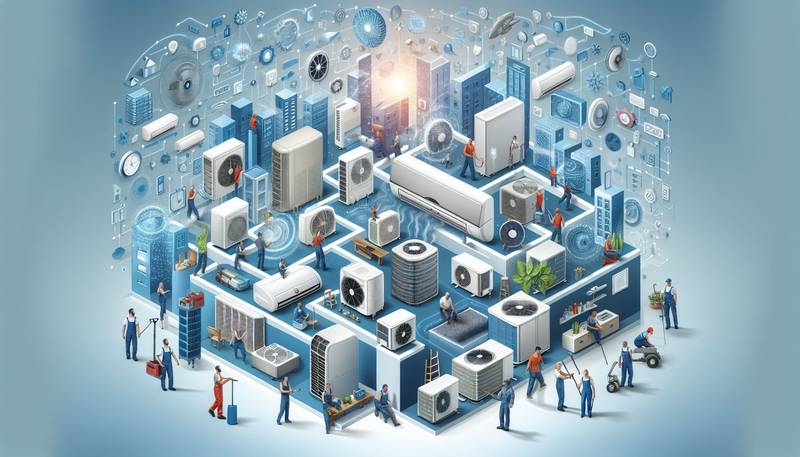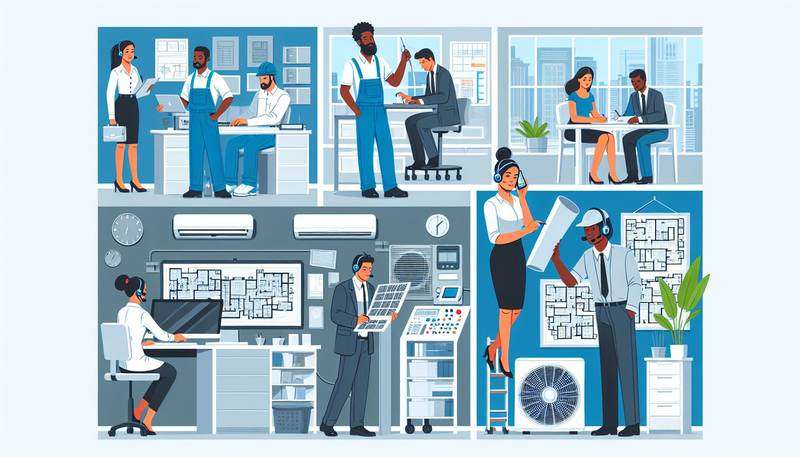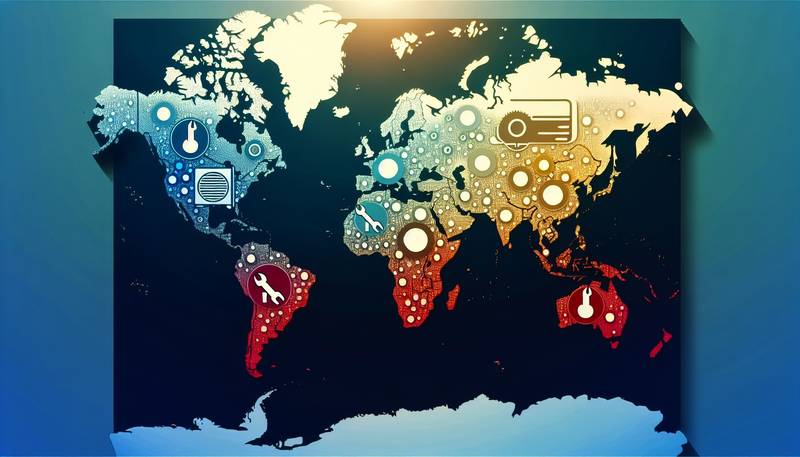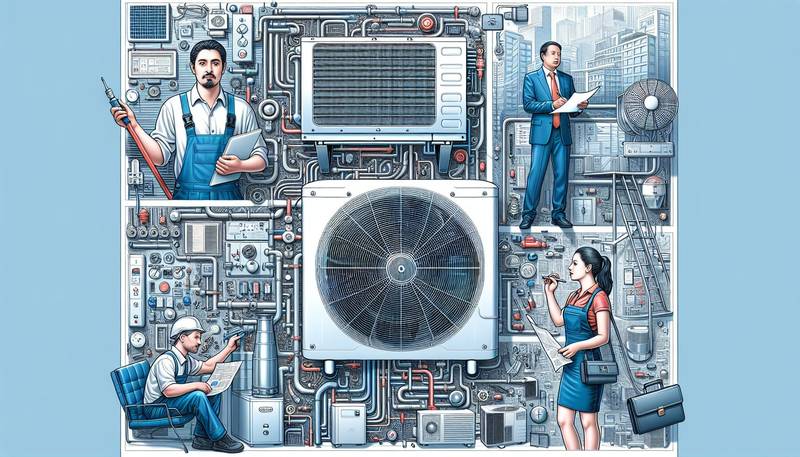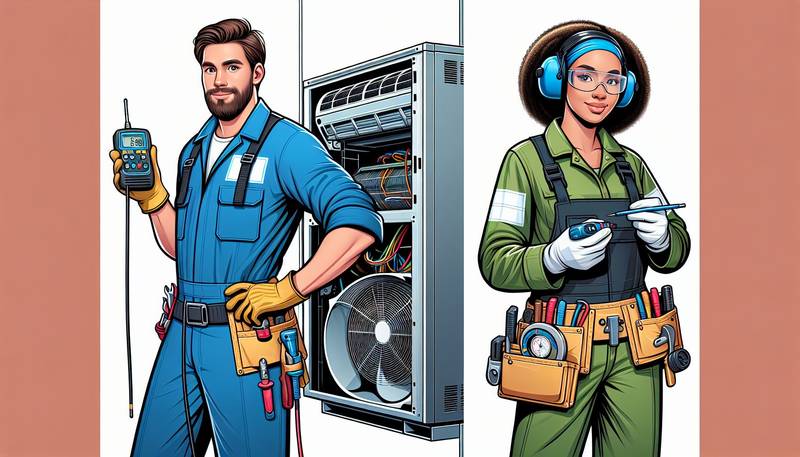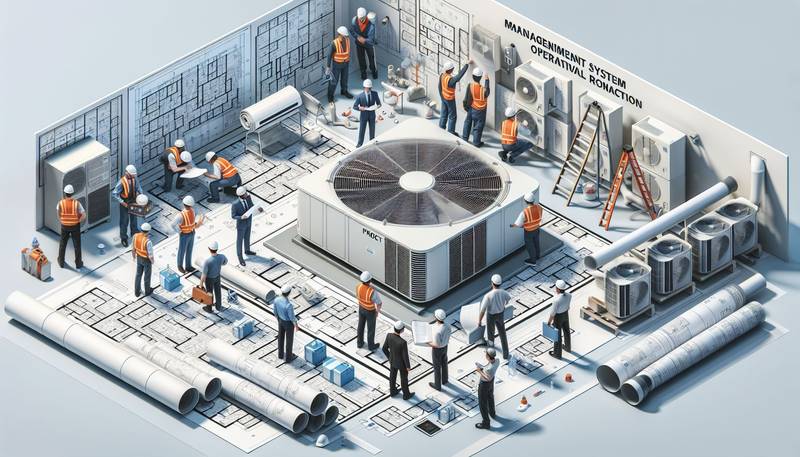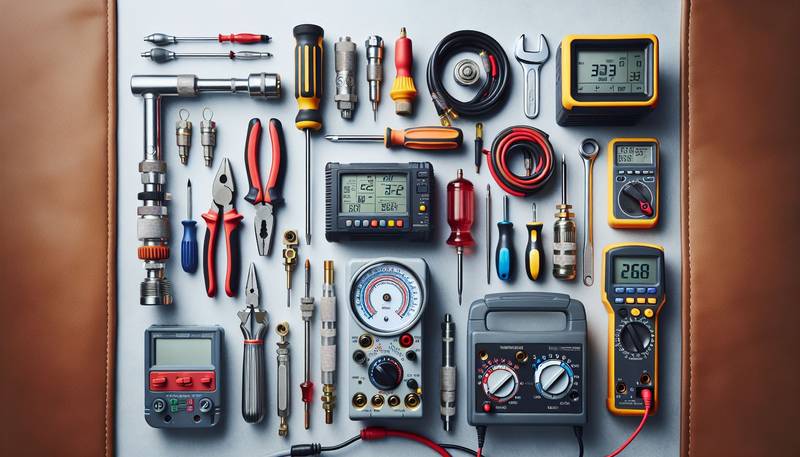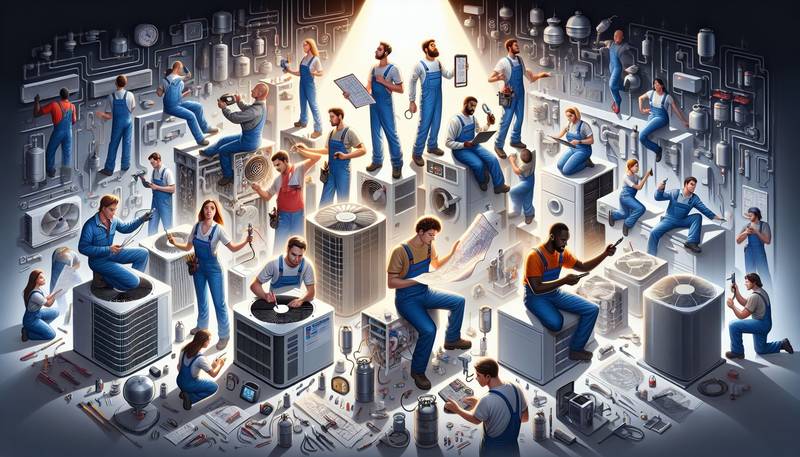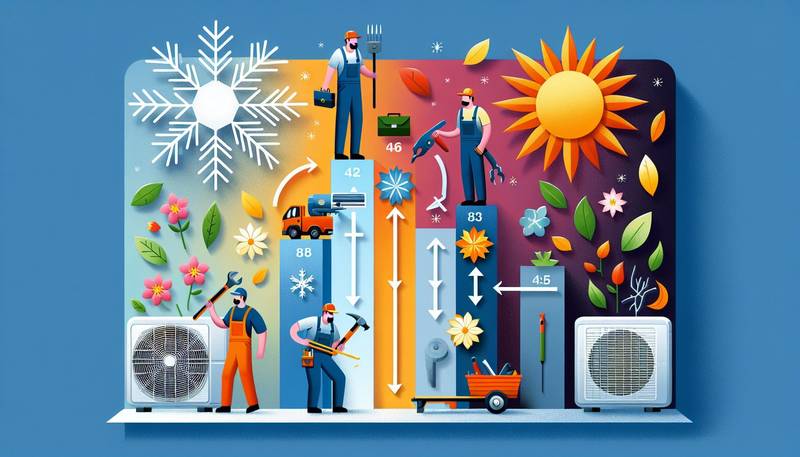Diversity and Inclusion in the Air Condition Industry: Current Status and Future Paths
Diversity and inclusion are critical in fostering innovation, improving decision-making, and creating a more equitable and inclusive work environment.
Current Status of Diversity and Inclusion in the Air Conditioning Industry
The air conditioning industry, like many other sectors, has historically been male-dominated. Women and minority groups have been underrepresented in leadership positions and technical roles within the industry. Despite efforts to promote diversity and inclusion, there is still a lack of representation of women and minority groups in the air conditioning industry. This lack of diversity not only limits the industry's talent pool but also hinders innovation and creativity.
Barriers to Diversity and Inclusion
Several barriers contribute to the lack of diversity and inclusion in the air conditioning industry. One significant barrier is the lack of access to educational and training opportunities for women and minority groups. Additionally, unconscious bias and stereotyping may prevent individuals from underrepresented groups from advancing in the industry. A lack of inclusive policies and practices within companies can also hinder diversity and inclusion efforts.
Benefits of Diversity and Inclusion in the Air Conditioning Industry
Promoting diversity and inclusion within the air conditioning industry can have numerous benefits. Diverse teams bring a wide range of perspectives, which can lead to more innovative solutions and better decision-making. Inclusive work environments also promote employee engagement, satisfaction, and retention. By fostering diversity and inclusion, the air conditioning industry can better serve a diverse customer base and adapt to changing market demands.
Strategies for Improving Diversity and Inclusion
To improve diversity and inclusion in the air conditioning industry, companies must implement targeted strategies and initiatives. This includes:
Recruitment and Retention: Companies should actively recruit and retain individuals from underrepresented groups. This may involve partnering with educational institutions, offering internships and mentorship programs, and providing training and development opportunities for employees.
Diversity Training: Implementing diversity training programs can help raise awareness of unconscious bias and promote a more inclusive work environment. Training should be ongoing and include topics such as cultural sensitivity, diversity, and inclusion.
Inclusive Policies and Practices: Companies should review and update their policies and practices to ensure they are inclusive. This may include implementing flexible work arrangements, promoting diversity in leadership positions, and creating a zero-tolerance policy for discrimination and harassment.
Employee Resource Groups: Establishing employee resource groups can provide a platform for employees from underrepresented groups to connect, support each other, and advocate for diversity and inclusion within the company.
Future Paths for Diversity and Inclusion in the Air Conditioning Industry
Looking ahead, it is essential for the air conditioning industry to continue prioritizing diversity and inclusion. This includes fostering a culture of belonging, equity, and respect within companies, as well as promoting diversity in leadership positions and technical roles. By embracing diversity and inclusion, the air conditioning industry can drive innovation, improve customer satisfaction, and create a more equitable and inclusive workforce.
In conclusion, diversity and inclusion are essential for the success and sustainability of the air conditioning industry. By implementing targeted strategies and initiatives, promoting inclusive policies and practices, and fostering a culture of belonging, companies can create a more diverse, inclusive, and innovative industry for the future.
